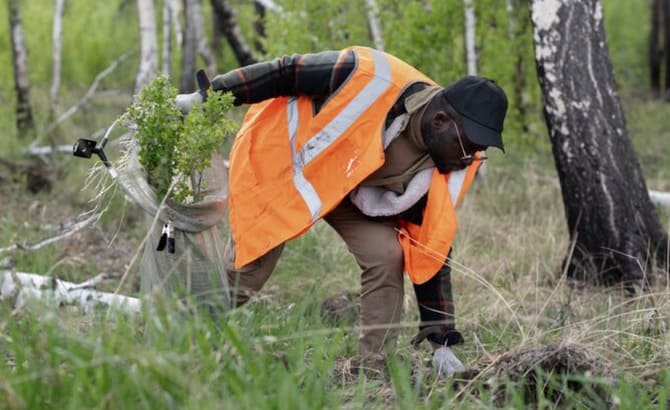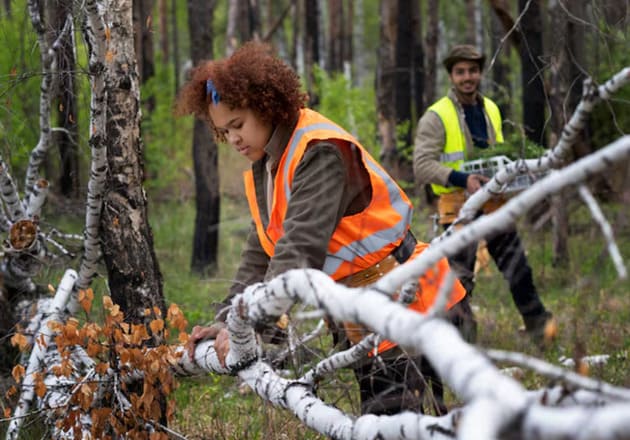
The goal of waterfront development has always involved a balance: creating structures that improve human access to water, while also preserving the eco-systems that make these spaces so special. Sustainability in marine construction is no longer a trend, but a necessity. Dock builders and waterfront property owner are both rethinking how docks are built and maintained in order to reduce the environmental impact.
Explore how sustainable practices can help build docks which last longer, and also protect the environment.
1. Choose Eco-Friendly Material
Using environmentally friendly materials is a major step towards sustainable marine construction. Wood docks are often made from pressure-treated wood, which contains chemicals that can leach into water and harm marine wildlife. There are now more environmentally-conscious options available.
Composite decking, made of recycled plastics and wood fibres, is a popular option because it is durable, long lasting, resistant to insects and rot, without releasing harmful substances in the water. Aluminum framing, which is recyclable and resistant to corrosion, is also an environmentally friendly choice.
By choosing materials that are durable and need fewer replacements over time, dock builders can reduce waste as well as the environmental impact of their dock.



